Just What Is It That Makes Today’s Zine’s So Different?
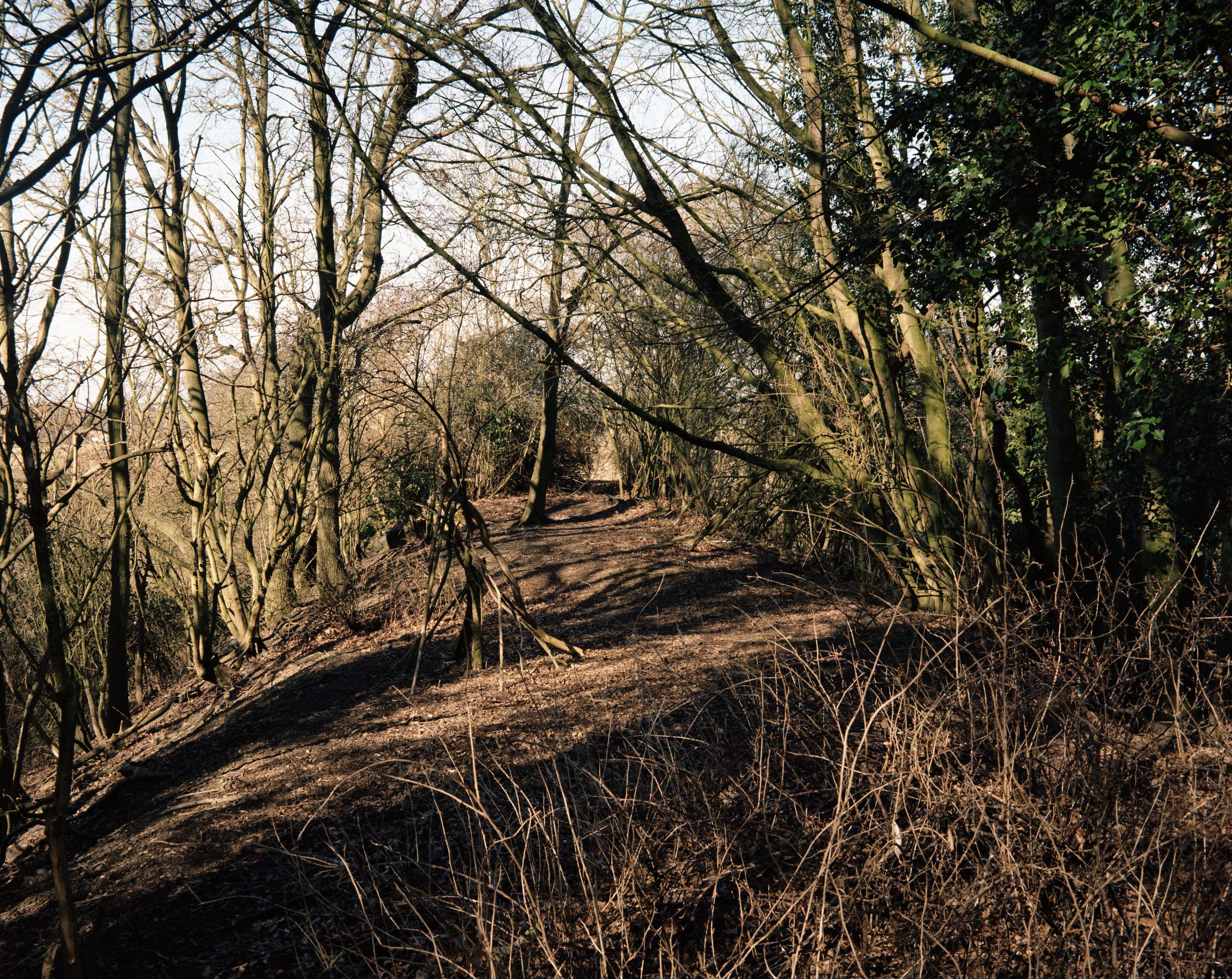
What makes zines different today could be the regionalistic aspect: in the last few years there seems to be a growing trend towards localised, tradition and folk oriented zines, which could be a way for people to explore and connect to a corner of their homeland. This is potentially due to the fact that modern society in the West is ironically somewhat disconnected, even in this ultra-connected digital age.
EAVA Zine moves with the new wave that focuses on the local folkloric traditions in various pockets of the British Isles. This wave is primarily orientated towards folk horror, so what distinguishes EAVA is the integration of historic, cultural, oral customs with the region’s artistic sphere. The zine is rooted in contemporary art, at the intersection of people and place in East Anglia.
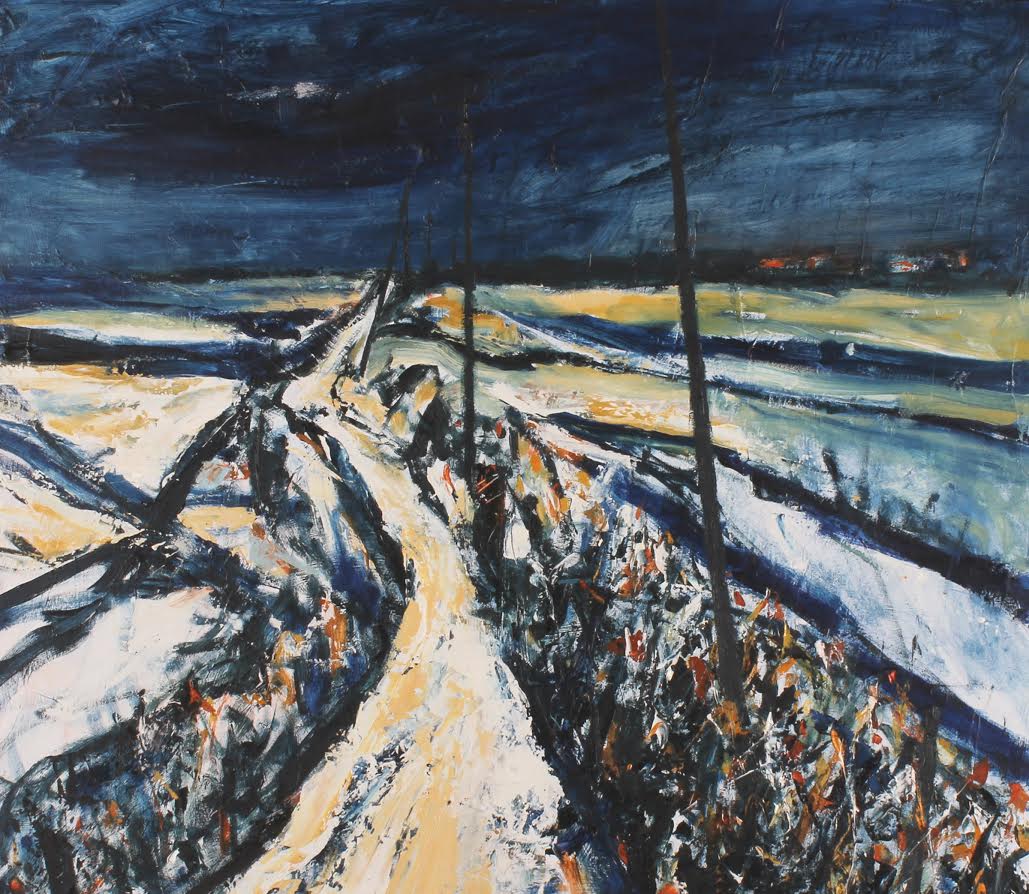
image © Martin laurence
What does EAVA stand for?
EAVA stands for East Anglian Visual Art. Art is the driving force for the zine, as the creators find themselves immersed in it daily. EAVA will uplift contemporary artists, as well as celebrate the region and its rich history.
Who are EAVA Zine?
The team is built up of creatives Sophie Curtis & Simon Nunn. The pair grew up in the historic market town of Bury St. Edmunds in the 00’s, and as teenagers were part of a band of outsiders, skateboarders and artists. Photographing a lifestyle of suburban boredom and cultural inertia, they soon turned their gaze instead to the natural landscape. In 2007 they created PUS-EYE, an online photography blog which drew a large following internationally. As well as photography the couple dabble in music, are practitioners of ceramic art and film, and find a lot of joy working together collaboratively.
Why a zine? Why Now?
The attraction in creating EAVA now was to produce something in the physical realm. This was a new endeavour that the pair hadn’t explored in the past with collaborative projects; although they are not adverse to digital content, frequently using the @eavazine Instagram to post additional content that doesn’t make it to the zine itself.
Conceived during the pandemic, it was a way of being productive and channelling interests and local knowledge into one place. Both Simon and Sophie wanted to produce a zine independently, but shared their ideas together and realised the potential in collaborating rather than proceeding with an individualistic endeavour. They had the idea of using recycled paper, printing the zine’s DNA on remnants of the past, and as a more ethical way of printing.
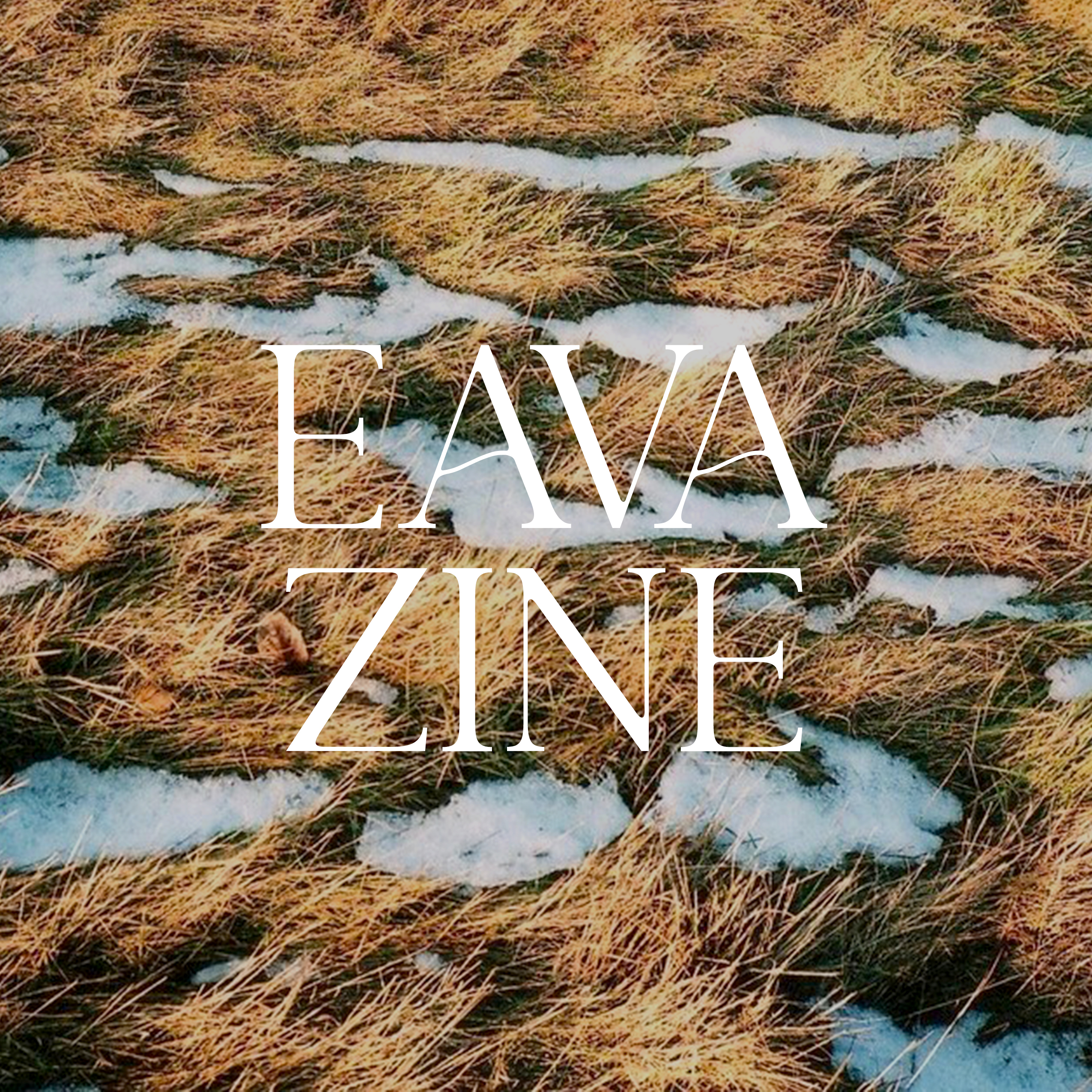
Why Folklore? Does that include contemporary folklore?
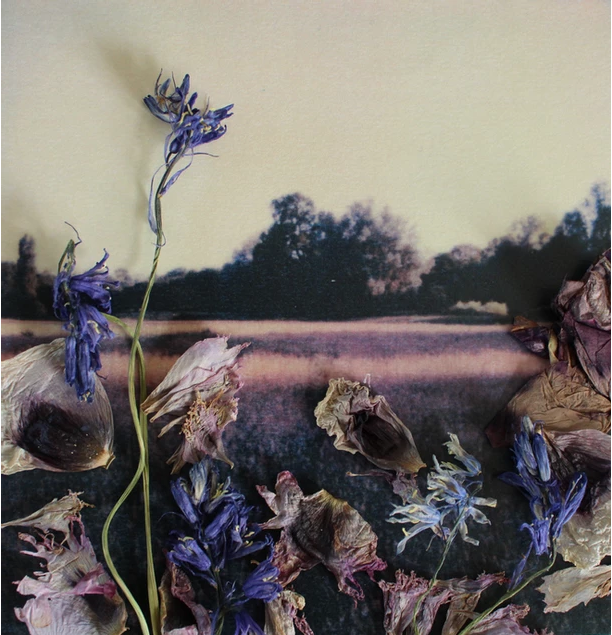
image © Amy Gladding
Growing up in the 90s in Suffolk pre-internet, Sophie and Simon belong to the last generation who can remember the time before smartphones and the web dominated daily life; a time where family and the punters at your local would tell stories and indulge in oral traditions as a means of entertainment. Seeing the transformation of digital modernity, folkloric traditions seem to be only preserved in large archives, like the British Library, which feel somewhat stale, separate and out of touch. EAVA aims to celebrate folklore alongside contemporary art, with hopes the zine will reach a younger audience and emphasize the importance of cyclical preservation of customs and traditions.

image © Simon Nunn

With regards to contemporary folklore, that isn’t something EAVA is concerned with so much. The passage of time is needed to mature the spirit of the thing itself, a cloud of mystery and idiosyncratic nature is what is so attractive about a custom, rather than a new form which hasn’t aged like a fine wine yet. The stories have not yet passed from person to person, gaining depth and flavour along the way. Though EAVA is interested in people reimagining past practices in a current artistic way, for now the zine is primarily focused on promoting traditions and giving them light.
What surprises have you found ? rural / self taught artists , unknown poets, obscure bands (not from Cambridge uni’s)

image © Justin Partyka
There have been some great discoveries in the development of the zine. A plethora of content both folkloric and artistic, the sheer excitement and enthusiasm from folks so far has been overwhelming. EAVA was born from a feeling of frustration about the lack of representation in East Anglia by the art world, it seems to be a region that is easily forgotten about, and there can be a real lack of opportunity for young people – it seems no wonder many East Anglians leave the area. In an unnoticed pocket of society there will always be unique individuals expressing themselves quietly, undisturbed, using light in the shadows. EAVA, and the response from contributors and followers, has shown the demand for an opportunity to share creativity and customs in the region.
What EAVA found is that most artists are self-taught and are connected to nature in a way that is unique in the art world, especially in the context of the new, rising medium of NFTs. A lot of people still seem to be influenced by the landscape in the region, continually reinventing it and highlighting the diverse terrain of Fenland, Breckland, the Broads and coastal areas.
What are EAVA Zine’s next steps?
The first issue Pilgrimages is set for release in May, followed by the second issue in late summer. There are also plans in motion for a submission based photo-book, looking to re-examine the East Anglian landscape in the photographic medium.
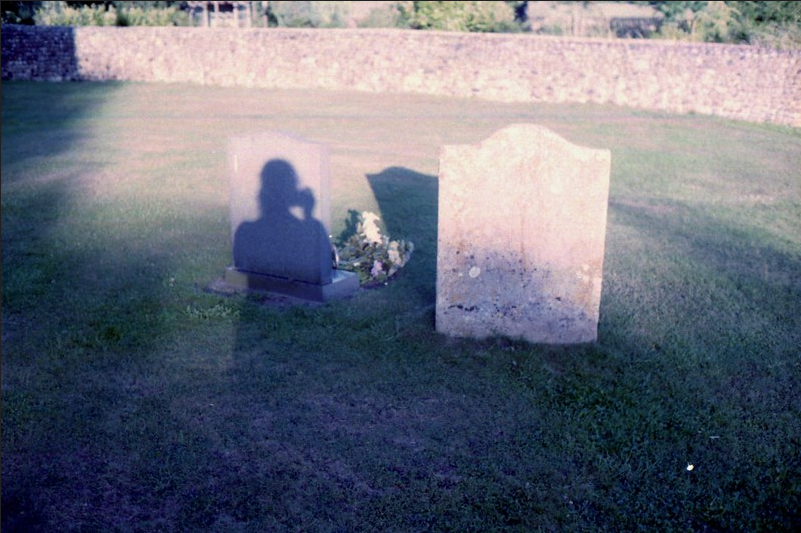
image © Sophie Curtis
Stay up to date by following instagram.com/eavazine

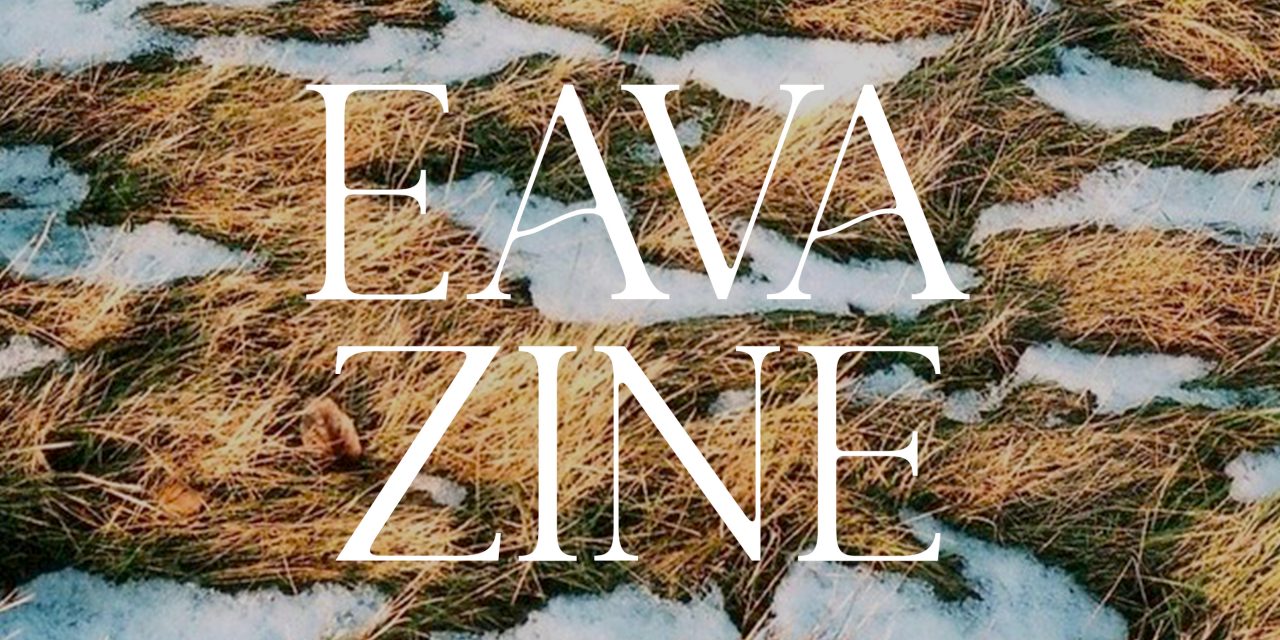

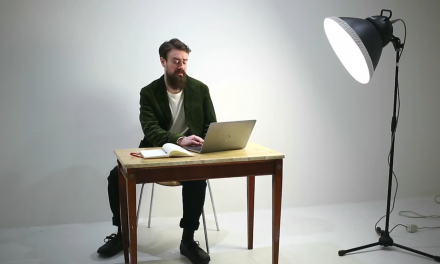

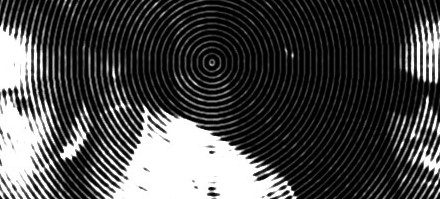
Recent Comments